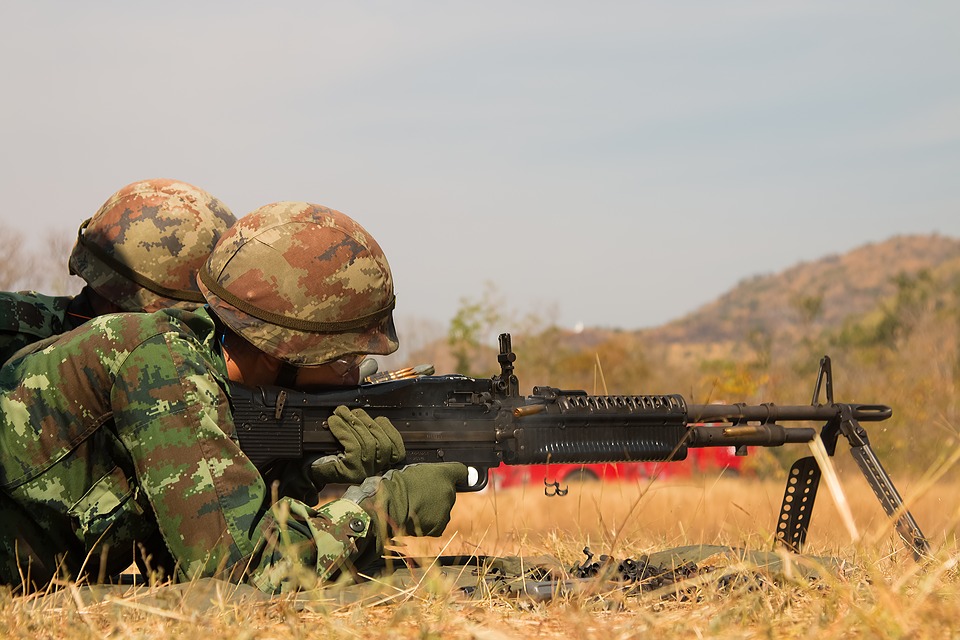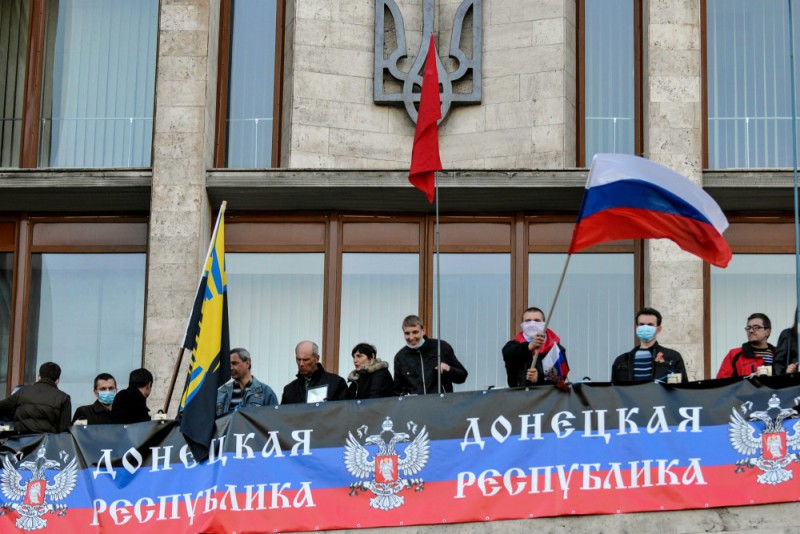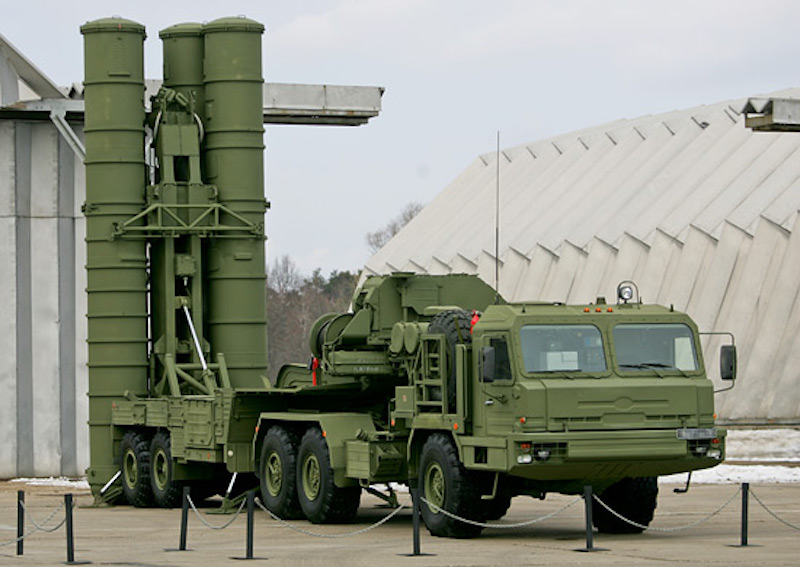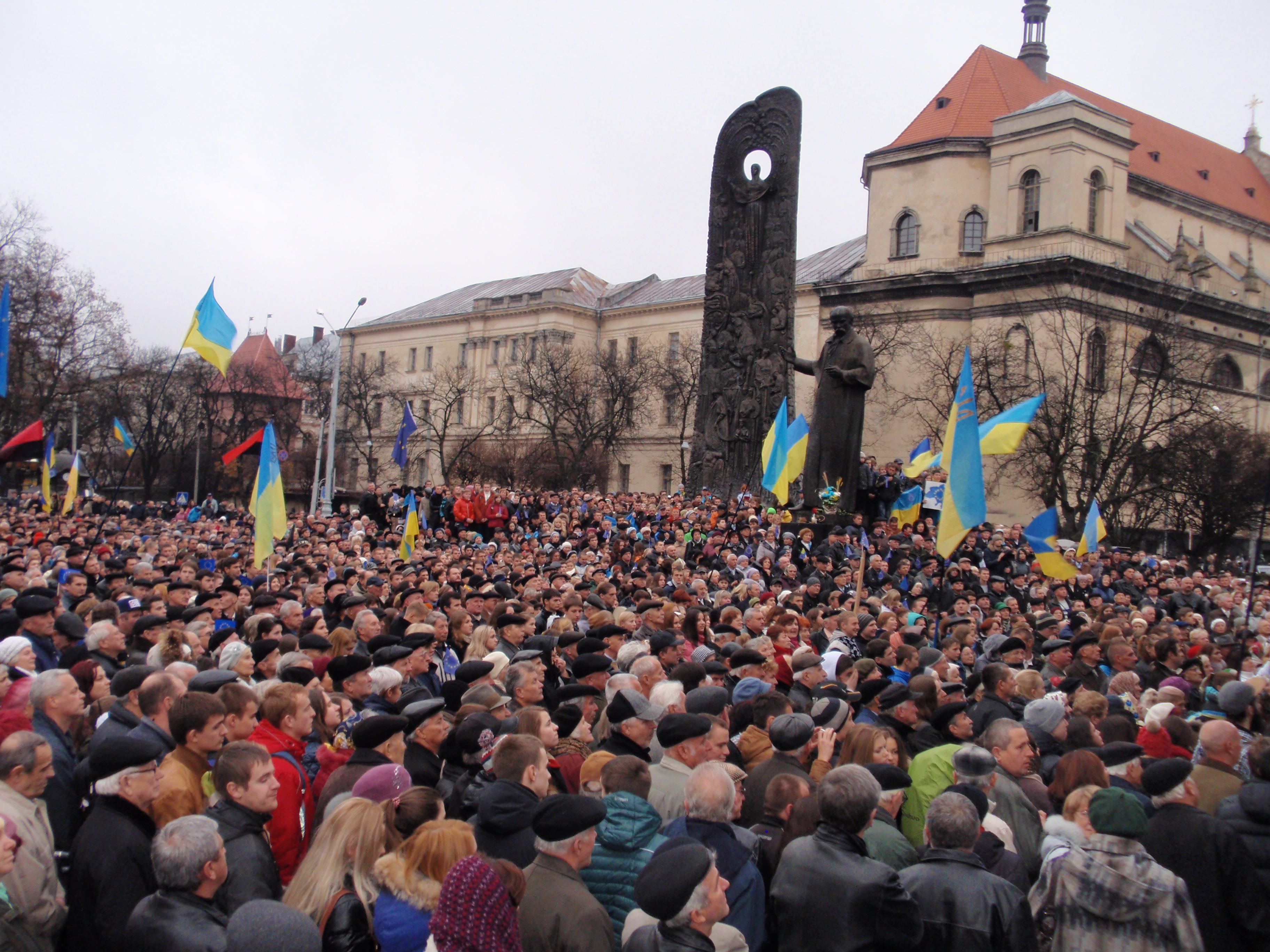Rising Tensions in the Baltic region following Moscow’s annexation of Crimea has prompted questions on further Russian Aggression in the area. Is NATO capable to respond to potential Russian attacks in the Baltics?
With regards to its military readiness in the Baltic States, it appears that NATO is significantly unprepared to counter a Russian offensive in the region. A 2016 RAND Corporation war game simulation found that given current NATO and Russian military deployments, Russian forces could crush Alliance resistance in the Baltics and reach the capitals of Estonia and Latvia within 36 to 60 hours. This rapid defeat, the study suggests, would leave NATO with only bad options. NATO could launch a massive counterattack which would likely lead to tremendous casualties, threaten the use of nuclear weapons as retaliation, or concede at least a temporary defeat.
Given this bleak prediction, RAND argues that NATO’s current military deployments are not only insufficient to defend against an invasion, but more importantly too weak to provide a credible deterrent against Russian aggression. This imbalance between Russian and NATO forces in the Baltics makes the kinds of offensives launched by Putin in Ukraine and Georgia less risky options for Moscow. The Baltic States recognize this perilous situation and the lack of a strong Alliance force in the area has caused these countries to question NATO’s commitment to their security.
The fear of Russian aggression in the Baltics is valid given Putin’s previous actions in Georgia and Crimea. Yet there are some key differences that make an offensive unlikely in the region. Most obviously, the consequences of an attack on the Baltics would be much greater for Moscow than in Georgia and the Ukraine, as the Baltic States are already members of NATO. While Georgia and Ukraine were both states that maintained good relations with the West and hoped to enter NATO, the Alliance was not obligated to defend them, making retaliation against a Russian invasion much less likely. An attack on NATO members like Estonia or Latvia would put tremendous pressure on the U.S. and Europe to respond with military force, as failing to respond sufficiently would destroy the credibility of the Alliance. Also, while there are significant populations of ethnic Russians in the Baltics, these communities mostly lack the pro-Russian secessionist sentiments possessed by the Russians in the Crimea and Eastern Ukraine, a reality that makes Moscow’s strategy of provoking protest much more difficult in these states. Together, these two factors would make a Russian attack on the Baltics a much riskier and difficult proposition for Putin.
Nevertheless, Moscow has stunned the world community with brazen and risky offensives before, causing the Baltics states to expect that even a Russian invasion of their lands is not necessarily a far-fetched scenario. Even if such an attack appears unlikely, the fact that NATO appears unprepared to counter such a move, as the RAND report demonstrated, is deeply worrying to Baltic members. An alliance like NATO exists to deter the enemies of its members from military action, and prevent war by making the costs of launching an invasion prohibitively high. The fact that NATO’s presence in the Baltics, its most vulnerable states, is insufficient to defend against an attack from a nation that has repeatedly demonstrated a tendency to bully its neighbours calls into questions this core capability of deterrence. Estonia, Latvia and Lithuania see Russia repeatedly flexing its military muscles, seemingly unconcerned with the threat of retaliation by the West, causing them to doubt NATO’s ability to deter Moscow from directing similar behaviour towards their homelands.
Thus, it is critical that the Alliance restore faith in its deterrence capability by investing more in the security of the Baltics, by positioning stronger defenses and larger military forces in the region. While NATO has certainly taken steps in this direction, placing a missile defense system in Romania, and pledging to send 4 new brigades to the Baltic region, there is still more work that needs to be done to establish a strong deterrent in the region. The RAND report estimates that a minimum of 6 or 7 brigades would be required to prevent the Russian from overrunning the Baltics within a few days, a force that would cost $2.7 billion to deploy and maintain. While this is a significant sum, however, for an alliance with a combined GDP of more than 35 trillion, it is hard to argue that this measure is unaffordable.
By taking the necessary steps to establish a strong defensive force in the Baltics, NATO would send an important message to its member states and the world community that it still has the will and the means to counter Russian aggression and maintain stability in an increasingly perilous European security environment.
Photo Courtesy of Pixabay. Public Domain.
Disclaimer: Any views or opinions expressed in articles are solely those of the authors and do not necessarily represent the views of the NATO Association of Canada.




